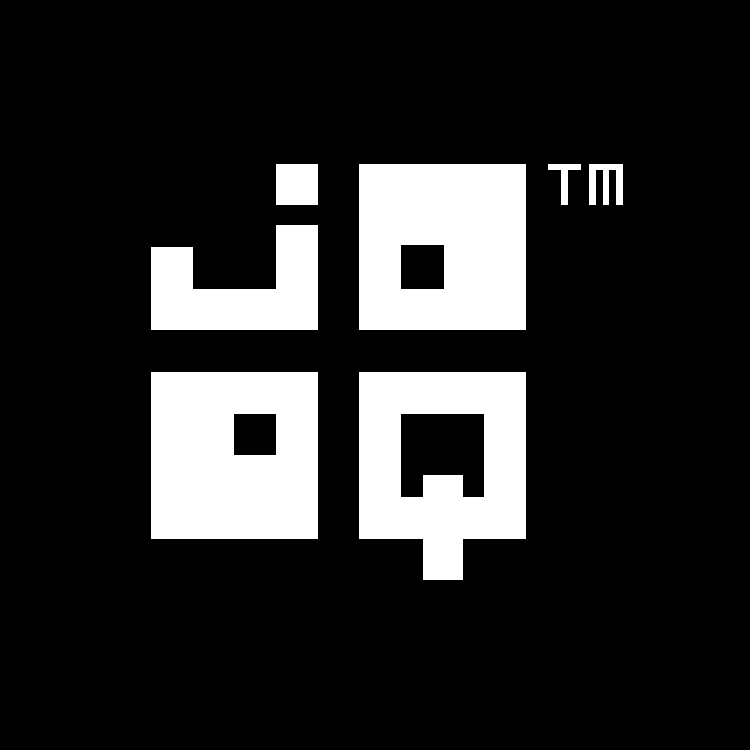The historic model API
Applies to ✅ Open Source Edition ✅ Express Edition ✅ Professional Edition ✅ Enterprise Edition
Historically, jOOQ started out as an object-oriented SQL builder library like any other. This meant that all queries and their syntactic components were modeled as so-called QueryParts, which delegate SQL rendering and variable binding to child components. This part of the API will be referred to as the model API (or non-DSL API), which is still maintained and used internally by jOOQ for incremental query building. An example of incremental query building is given here:
DSLContext create = DSL.using(connection, dialect);
SelectQuery<Record> query = create.selectQuery();
query.addFrom(AUTHOR);
// Join books only under certain circumstances
if (join) {
query.addJoin(BOOK, BOOK.AUTHOR_ID.eq(AUTHOR.ID));
}
Result<?> result = query.fetch();
This query is equivalent to the one shown before using the DSL syntax. In fact, internally, the DSL API constructs precisely this SelectQuery object. Note, that you can always access the SelectQuery object to switch between DSL and model APIs:
DSLContext create = DSL.using(connection, dialect); SelectFinalStep<?> select = create.select().from(AUTHOR); // Add the JOIN clause on the internal QueryObject representation SelectQuery<?> query = select.getQuery(); query.addJoin(BOOK, BOOK.AUTHOR_ID.eq(AUTHOR.ID));
This API is completely mutable, and for historic reasons, early DSL API elements have inherited this mutability.

Feedback
Do you have any feedback about this page? We'd love to hear it!